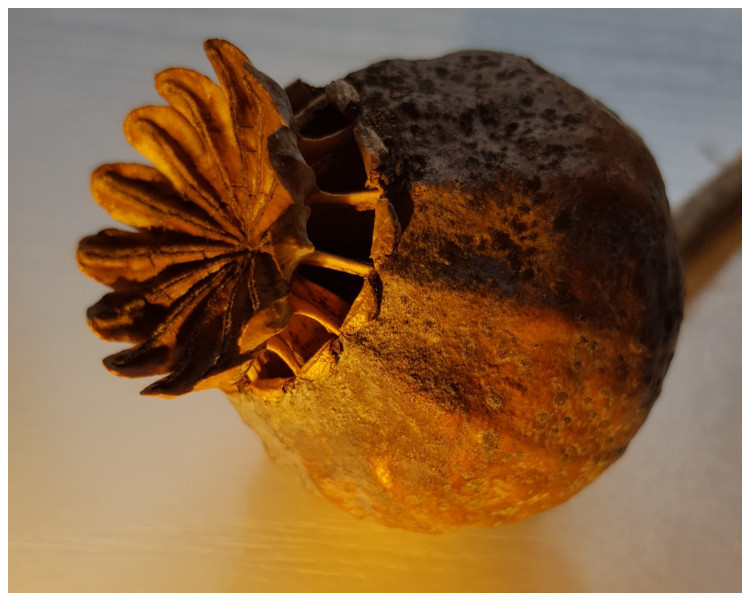Experimental & Design Work
This section illustrates a typical process of taking an idea from a source of inspiration into the early stages of digital image manipulation to create new ideas for interpretation, through to sampling with paper, 3D models and stitch.
I am not confident at sketching free hand, and I have a bit of an aversion to using a sketch book in a rigorous manner. I tend to have a heap of papers in a box while working on a project. I do use an A5 note book for jotting ideas that occur at random times. Detailed notes are done on a word processor so I can insert a relevant image with a good description of the process being followed, particularly important when using sophisticated image processing software. My preferred package is the excellent free, open source GNU Image Manipulation Program - GIMP - which can be found at https://www.gimp.org/ .
My academic research background encourages me to experiment with (many) ideas, rejecting those that don't work and following through more positive steps. This does mean that I often over think things, procrastinate and end up taking a long time to finish a piece of work.
Click on an image below to see a larger version with a short description. |
|

The source for this exercise:
A dried out poppy seed head from my cabinet of curiosities. |
Stage 1: Basic image manipulation settings on the mobile phone used for taking the photo. The seed head placed in strong artificial light to create shadow cast onto paper background, ink outline and dots added to shadow for more contrast during manipulation:
This stage can be useful to highlight lines and shadows that might be interesting to follow up, or just to create fun postcards...
Stage 2: During this stage of digital manipulation, the original seed head was photographed in colour under artificial light to create the potential of colour from an otherwise dull coloured object. Using 'GIMP' the image was progressively manipulated (and saved) at each stage to change the colour for further design development: A fascinating exercise that provides the sources for the colour matching studies needed to dye fabrics, yarns & threads.
Stage 3: Photographing the object in grey-scale from many angles and at different scales provides more source material for experimenting with paper and marks. Enlarging and cropping the images provides even more ideas to pursue! Here are a few images of progressing the design. Then looking for lines and edges to develop design ideas from the shape of the seed head. This can generate a lot of ideas, some won't work while others do. After a while I weed out the stuff I don't like then put the stuff I do like in a spiral bound sketch book. Some of the discarded pieces will be used for collage art cards.
Stage 4: Experimenting with surface texture ideas for the sketchbook. For a mixed media project where texture is a key part of the design, this may include materials that can be layered with non-woven fabrics such as Tyvek and Lutradur, then manipulated with a heat tool, distressed or stitched to raise the surface:
Stage 5: Experimenting with 3D structures to sample different size and orientations of models that could be developed further for this project. Models worked with distressed scrim and tissue over a mould, stitch applied to stabilise resulting forms.
Stage 6: Working towards the final piece. Having completed more sampling with different threads, yarns and fabrics, my final choice for this piece of work focused on colour and texture. I developed an idea of using a series of smaller 3D structures as a combination to reflect the stages of a poppy growing on weedy ground from bud to bloom to dried out seed head. Each part of the poppy were stitched with Metallic threads and free machine embroidery on soluble fabric and set over a mould. The different elements of the final piece were stitched for stability then made into an arrangement. A suitable base was created to enable the finished piece to be free standing at exhibition.
This project produced a lot of good working ideas during the design development. I worked on it intermittently over a period of two years. The outcome above (stage 6) is just one of the ideas that was worked through to completion. Several other ideas with their stages of sampling are not shown above; some have been completed for different projects others are ready for further development at a later stage.
▲ Back to top of page
Follow me on Instagram:
|

